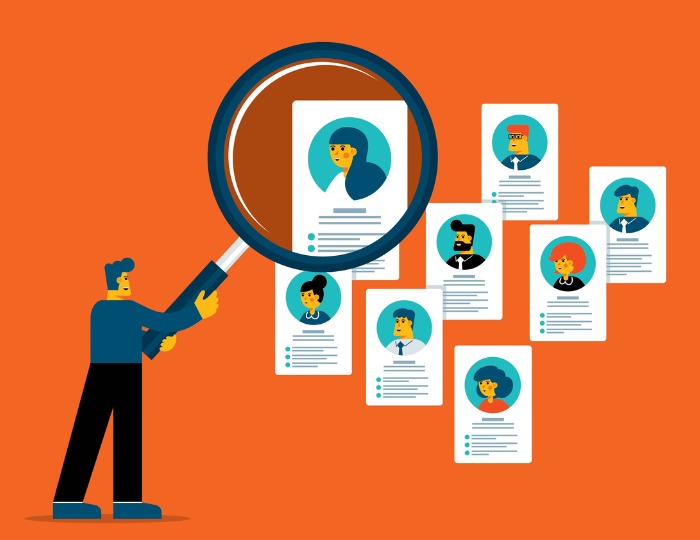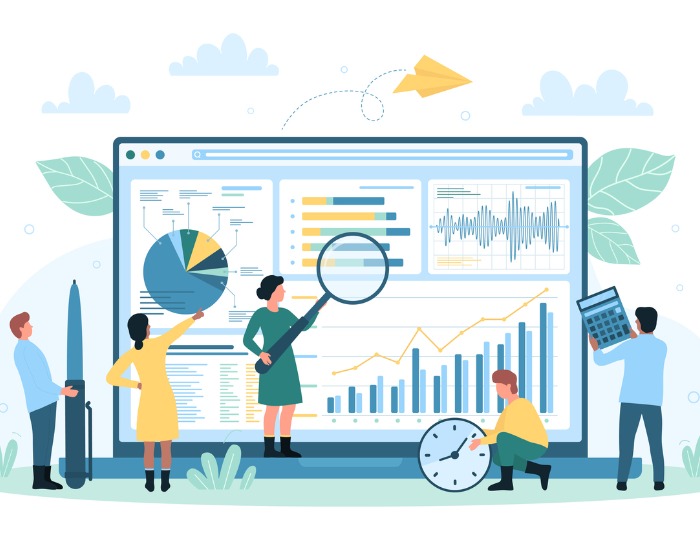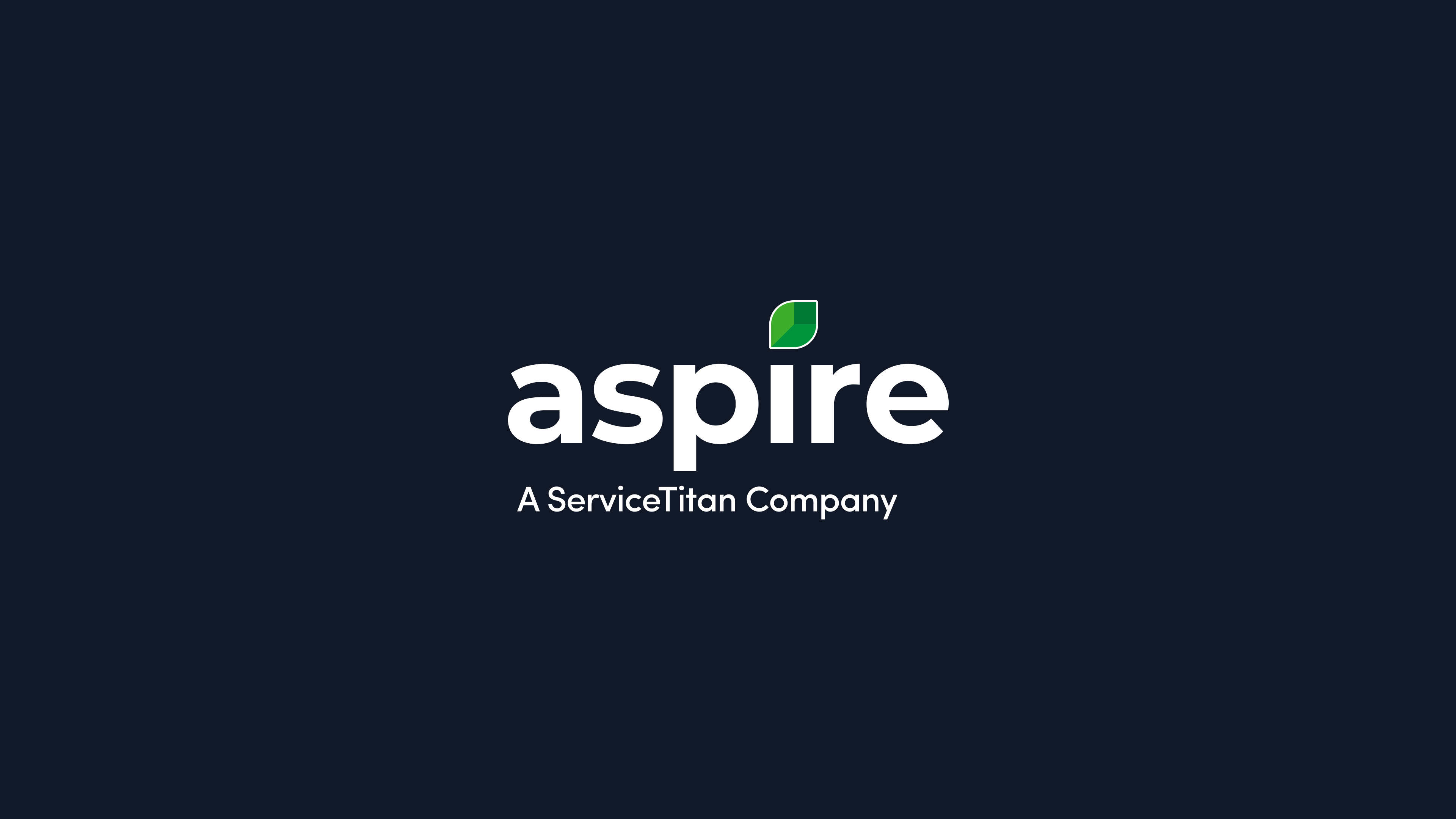Table of Contents
Pricing your landscaping jobs based on competitor rates, guesswork, and gut instinct means you may not be operating profitably (even at your busiest). Building a detailed budget spreadsheet for your business can feel like a hassle—especially when you’re racing the competition to deliver estimates to prospective clients. Using budgets pays off with the ability to identify and rectify patterns of unprofitability in your service delivery.
With a landscaping budget template, you can quickly create a professional document that includes material and labor costs while considering overhead and profit margins to:
✔ Improve your cash flow
✔ Generate the revenue you need to grow
✔ Improve your client relationships
This article describes what every landscaping budget should include and the benefits of incorporating budgets into your workflow. It also suggests the next steps for business owners when a budget template can’t keep up with demand.
What should a landscaping budget template include?
The more involved you are with making a detailed and comprehensive budget template, the faster it will be to produce accurate estimates for prospective clients, even during the 100 Days of Hell.
Every budget should include the following:
Date of the estimate creation
Client name and contact information
The property address for the work
Cost table with space for line items in:
Materials
Labor
Supplies
Subcontractor costs
Overhead costs
Totals for the cost groups and the project as a whole
Consider adding a line item with these costs to prepare for the unexpected, such as:
Sending additional crews to the job site
Adding extra days to the schedule to get the work done or because of inclement weather
Using additional materials
Supply costs increase because of supply chain issues or out-of-stock items
You’re likely familiar with things going sideways on a landscaping project, and taking time to work through potential challenges in a budget enables you to price jobs profitably, even when issues arise.
Why should you use a budget for your landscaping business?
When most landscaping contractors start out, they focus on the estimate they provide to customers, using Microsoft Word, Excel spreadsheets, or Google Docs to record the measurements and takeoffs of a property and the costs associated with the project.
A budget template, on the other hand, is a customizable in-house document that allows landscapers to evaluate how their estimated and actual costs differ to adjust pricing in the future.
Landscape and lawn care businesses can better manage projects and predict cash flow using a budget and an estimate template.
Benefits of a landscaping budget template
Budgets are vital for any landscaping enterprise, but creating them without a standardized process (such as a template) leaves room for inaccuracy and inefficiency.
→ The template framework helps operations accurately estimate landscaping costs for a project, define the scope of the work, and establish clear client expectations the right way.
There are immediate benefits of using a template, such as streamlining the daily tasks for your back office. As your business scales, a cost estimate template can’t deliver the more nuanced benefits of having greater insight and control in your estimate process, such as:
Enhanced bidding accuracy with real-time profitability tracking
Robust forecasting capabilities for strategic planning
Empowering data-driven decisions for smarter resource allocation
Business management software with budget capabilities specifically designed for the landscaping industry, such as Aspire, delivers the following benefits of using a template, plus much more.
Provides a good overview of the project
Before a job begins, a budget forces you to take the time upfront to think through everything that goes into completing a project.
A detailed template lets you analyze every aspect that a landscape plan requires, including:
Tasks
Materials
Equipment rentals
Labor hours and subcontractors
Proactive planning prevents overlooking critical aspects of the job, including forgotten materials or staffing issues from labor shortages. Even a few minutes of thinking through the timeline will prepare your team to address potential problems when they arise.
You also deliver better service quality to your customers when considering a project's detailed ins and outs. Landscape companies that project confidence in their efficiency, costs, and value of their work build lasting relationships with a loyal customer base—an essential component of growing your business.
Streamlines client communication
While it may seem small compared to your service quality, professional, clear, and accurate communication goes a long way to building lasting relationships. A budget template clarifies the costs in a landscape estimate with detailed line items.
→ A budget is more than a first draft of your estimate.
It’s a chance to see the expenses for subcontractors, overhead, and unplanned project costs so you can accurately price the line items the customers review in the estimate. If questions arise, you’ll have the in-depth data in the budget to provide quick answers for customers to avoid miscommunications.
However, using templates and email to communicate when you have a growing team of account managers and operations staff can hold you back from full transparency. Using all-in-one business management software with an included CRM and in-platform client communication allows you to maintain the same personalized quality of service while you scale.
Helps you adjust how you bid future projects
One of the most important sections of your budget is the ability to compare estimated versus actual costs—like a balance sheet for every job you complete.
Tracking expenditures provides an opportunity for landscapers to reevaluate how they price projects.
Are you consistently underestimating the cost of certain materials?
Do you overestimate the labor necessary to get maintenance done?
Are you frequently relying on subcontractors to get work done on time?
With concrete data, you can eliminate gut-instinct assumptions from your estimate and develop a consistent strategy to stabilize your profit margins on every property.
A template is a worksheet for understanding where your bids miss the mark. With consistent templates, account managers can make strategic adjustments to increase profitability while staying competitive in your market.
Downsides to using a downloadable landscaping budget template
A landscaping budget template offers some benefits for landscapers, but relying solely on a static spreadsheet or form-fillable PDF can hinder operational efficiency.
Templates have limited capabilities; no matter how thorough the layout, they are still prone to human error. As a landscaping contractor scales and their business needs evolve, the lack of flexibility and functionality becomes more apparent, such as:
Automated data population
Customizable reporting
Version control
Technical support
When you’re ready for a long-term solution––not just a temporary fix––it’s time to research end-to-end landscape business management software with budgeting functionality.
Can easily get lost in your files and folders
A budget template saved on your computer or floating in your email outbox as an Excel file attachment can get buried or lost over time. Without a central storage system, different account managers or operations team members may struggle to find the correct version or most updated copy when talking to a customer.
Desktop storage complicates project management and client communications.
Business management software provides a secure, centralized, and cloud-based database to store all project documents in one place, including budget and estimate templates, client communications, and more.
Limited functionalities
A template, while improving processes, doesn’t provide functionality beyond manual data entry and basic calculations. This leaves little room for truly streamlining processes by:
Automation
Custom reporting
Data integrations
Landscapers are confined to the template's static design and rigid workflow.
→ Purpose-built software aligns with your workflows instead of restricting them, unlocking efficiency and growth potential.
Using a management platform with budgeting functionalities provides flexibility to adjust budgets to new verticals and complex projects. Software also allows users to automate their repetitive workday tasks and extract custom insights through reporting.
Manual data entry—no automation
Even though a template tells you all the information you need to price a job, it still requires tedious, error-prone manual work. Account managers have to enter the following:
Customer details
Task descriptions
Changing material and supply costs
Labor hours
Other data
While an improvement over non-standardized processes, templates still consume significant time and are at risk for costly errors such as typos and omissions.
Business management software like Aspire eliminates manual work through built-in features, including:
Automated estimating with templates and product kits
Cloud-based CRM
Mobile-app time recording to eliminate handwritten timesheets
Drag-and-drop scheduling with route optimization
Integrations and partners with other popular software
Invoicing that auto-populates with data from estimates
Automating manual processes delivers massive time savings while also improving accuracy and consistency.
Difficult to customize
To stay competitive, landscapers must constantly evolve their service to meet changing customer demand and expand into new markets. Templates lack the flexibility to adapt to new landscaping offerings quickly.
Pivoting to a new service means rebuilding your template from scratch.
Aspire makes it easy to configure new client requests with customizable data fields, product kits, and set profit margins. On-demand customization unlocks the agility to rapidly test and scale what's next for your landscaping business.
No support or customer service
When questions or issues arise with a template, you're left to solve problems independently without support.
Aspire isn’t just a software platform. It’s a technology partner invested in user success. When you use Aspire, a team of experts provides personalized guidance through (and after) implementation to help you maximize value from the platform. Support includes:
AspireCare is a live, Monday-to-Friday support team ready to assist users
The Resource Center provides blog walkthroughs, webinars, and records for self-directed troubleshooting
Monthly office hours to expand and deepen product knowledge
In-person events and training sessions so users can continually improve processes
Running a landscaping business is about more than just making invoices, mowing lawns, and sending invoices. Aspire improves the way users work, eliminating razor-thin margins so they can set ambitious growth goals and achieve them.
Ready to try something better for your landscaping business?
Budgets and estimates are critical to ensuring profitability and growth in the landscaping industry. While templates provide some structure, they quickly become limiting as operational needs scale and evolve.
Landscaping business management software like Aspire provides end-to-end functionality and the flexibility to customize your unique workflows. Aspire includes:
Aspire’s expert support helps users implement new strategic processes as they grow into new services and markets.
Book a demonstration to see how Aspire can improve your budget and estimating process with real-time job costing, historical project data, and more.











